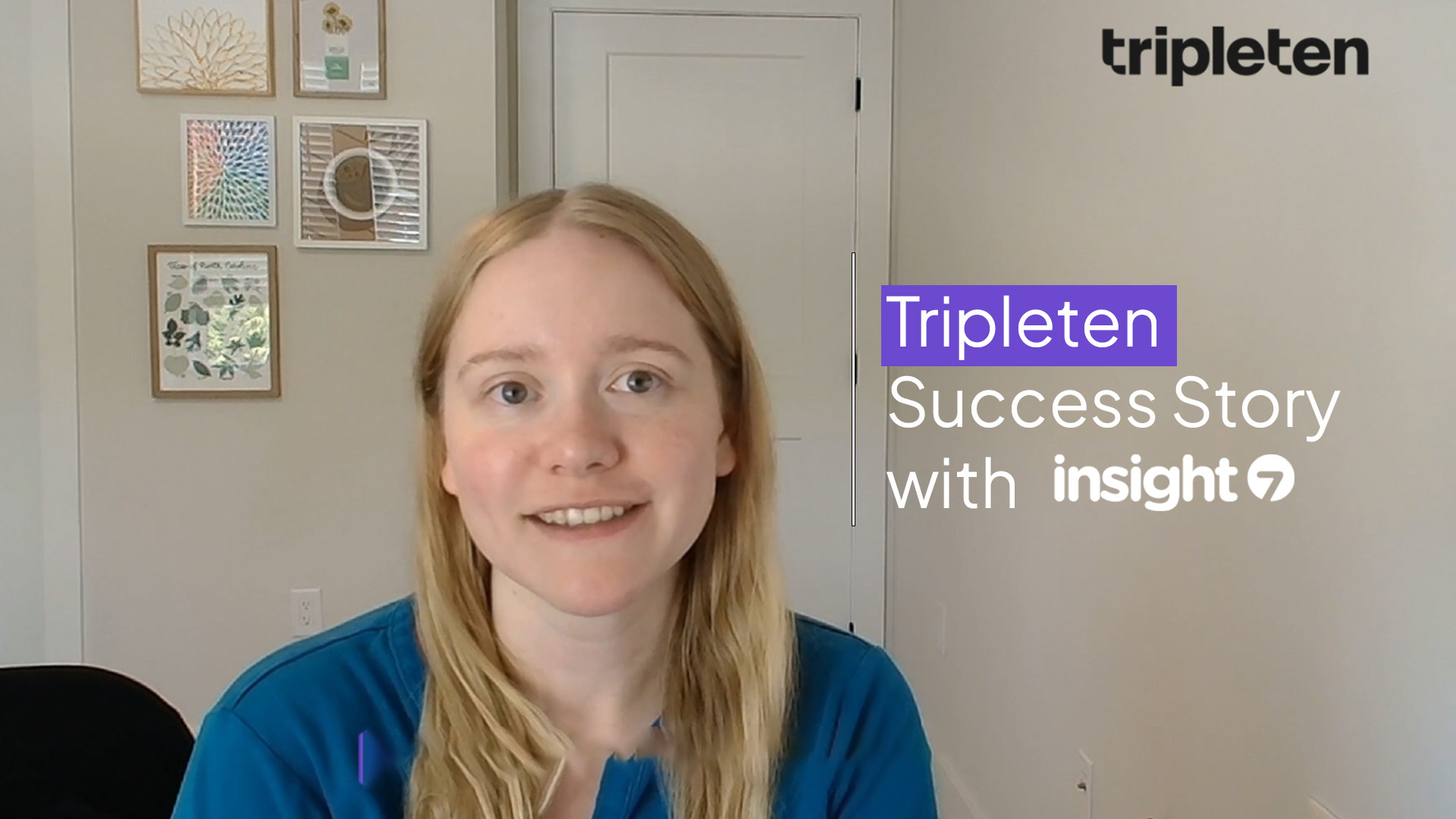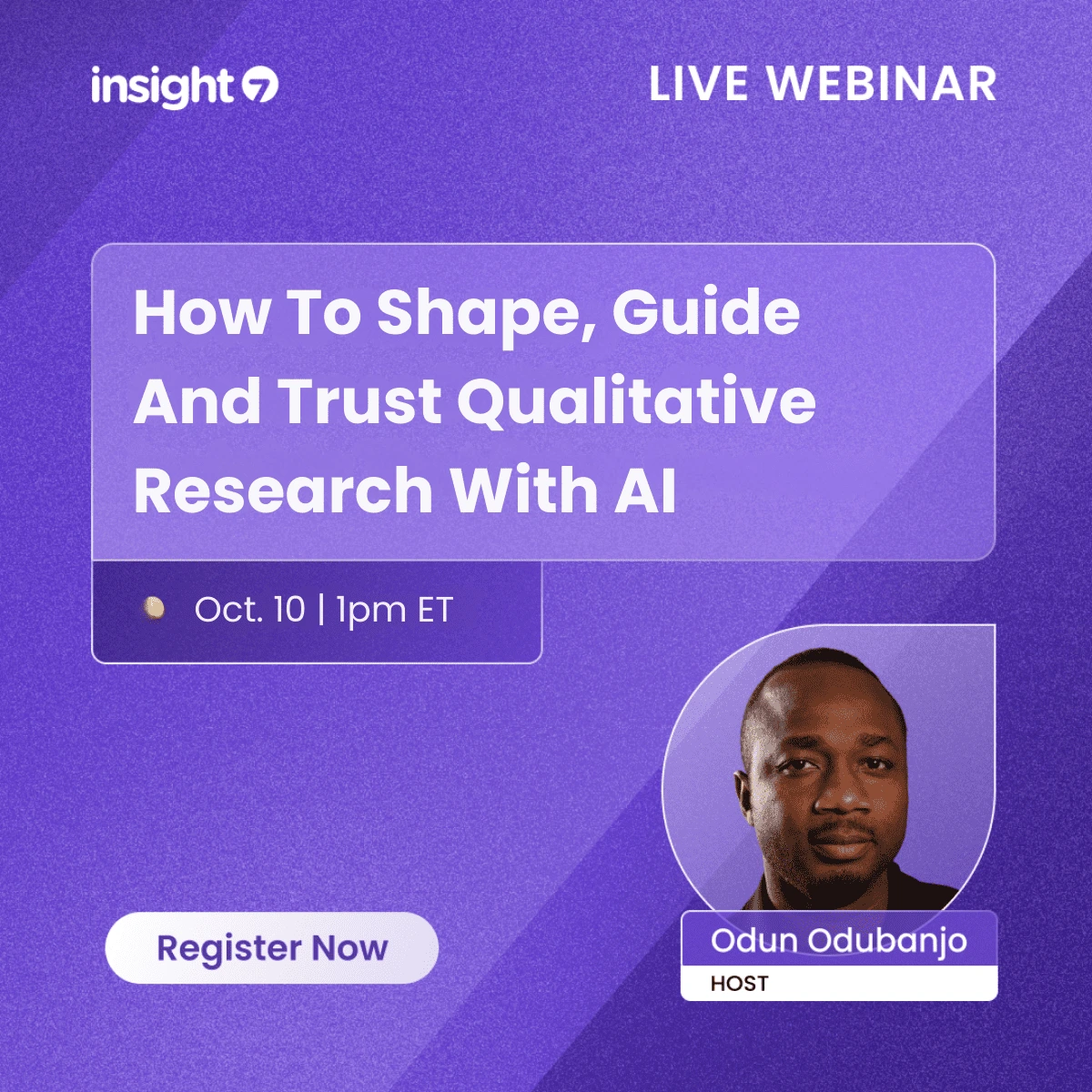Call Center Speech Analytics Software: Reducing Agent Attrition
-
Bella Williams
- 10 min read
In today's call center environment, where agent turnover can significantly impact operational efficiency and customer satisfaction, speech analytics software has become a vital tool for organizations aiming to enhance agent performance and reduce attrition rates. This guide delves into how leveraging speech analytics can lead to improved agent satisfaction and retention, covering key benefits, implementation strategies, and measurable outcomes.
The Role of Call Center Speech Analytics Software in Modern Customer Service
As customer expectations continue to rise, call centers must evolve to meet these demands. Speech analytics software has emerged as an essential resource for organizations, enabling them to analyze conversations in real-time and derive insights that enhance both agent performance and customer satisfaction.
The technology behind speech analytics utilizes natural language processing (NLP) and machine learning algorithms to dissect interactions, identifying trends and areas for improvement. This proactive approach transitions traditional processes from reactive problem-solving to a more automated, data-driven model, fostering alignment between various teams, including quality assurance, training, and operations.
To implement this effectively, organizations need a robust data infrastructure, a commitment to continuous training, and a focus on agent well-being.
Understanding Call Center Speech Analytics: Core Concepts
Speech analytics refers to the technology that analyzes spoken interactions between agents and customers, extracting valuable insights to improve service quality and operational efficiency.
Unlike traditional methods that focus on historical data and post-call evaluations, speech analytics provides real-time feedback, enabling organizations to act swiftly and effectively.
Core Capabilities: This approach empowers organizations to:
- Enhance Agent Training: By identifying knowledge gaps and providing targeted training.
- Improve Customer Experience: Through personalized interactions based on customer sentiment analysis.
- Reduce Attrition Rates: By identifying stressors and improving job satisfaction.
- Optimize Processes: By uncovering inefficiencies in call handling.
- Drive Strategic Decisions: Through data-driven insights that align with business objectives.
Strategic Value: Speech analytics enables organizations to make proactive decisions based on real-time data, enhancing alignment across functions and driving overall performance.
Why Are Call Center Managers Investing in Speech Analytics?
Context Setting: The shift from traditional call monitoring to advanced analytics reflects a need for more effective strategies to manage agent performance and customer interactions.
Key Drivers:
- Agent Burnout: High-stress environments lead to increased attrition; analytics can identify and mitigate these stressors.
- Operational Efficiency: Organizations need faster, more accurate insights to maintain competitive advantage.
- Personalization: Customers expect tailored experiences; analytics help agents provide this.
- Data-Driven Decision Making: Organizations are moving towards evidence-based strategies for continuous improvement.
- Regulatory Compliance: Ensuring adherence to industry regulations through monitored interactions.
Data Foundation for Call Center Speech Analytics
Foundation Statement: A reliable speech analytics system requires high-quality, diverse data sources to build effective models.
Data Sources: A multi-modal approach enhances accuracy and insights:
- Call Recordings: Essential for analyzing interactions.
- CRM Data: Provides context about customer history and preferences.
- Survey Responses: Offers direct feedback from customers.
- Agent Performance Metrics: Tracks individual and team performance.
- Sentiment Analysis Tools: Gauges customer emotions during interactions.
Accuracy Benefit: This comprehensive approach leads to improved decision-making and actionable insights.
Key Components of a Call Center Speech Analytics Stack
Stack Overview: A successful speech analytics stack includes several critical components that work together to deliver insights.
Component Descriptions:
- Speech Recognition Engine: Converts spoken language into text for analysis.
- Natural Language Processing Module: Analyzes text for sentiment, intent, and context.
- Analytics Dashboard: Visualizes data and insights for stakeholders.
- Reporting Tools: Generates actionable reports for training and performance evaluation.
- Integration Layer: Connects with existing systems (CRM, workforce management) for seamless data flow.
Quality Emphasis: Ensuring data quality and interpretability is crucial for actionable insights.
Success Dependency: The effectiveness of speech analytics relies heavily on the quality of input data and the algorithms used.
How Does Call Center Speech Analytics Work Step by Step?
Step 1: Data Collection
Collect audio recordings from customer interactions and supplementary data from CRM systems.
Step 2: Data Processing
Convert audio to text using speech recognition technology, ensuring accuracy in transcription.
Step 3: Analysis
Conduct sentiment analysis and identify key patterns such as common objections or customer satisfaction indicators.
- Pattern type 1: Emotional tone detection.
- Pattern type 2: Keyword frequency analysis.
- Pattern type 3: Call resolution metrics.
Step 4: Learning
Utilize historical data to train machine learning models for continuous improvement in accuracy and prediction.
Step 5: Real-Time Processing
Implement real-time analytics to provide agents with immediate feedback during calls, enhancing performance.
Step 6: Insight Delivery
Deliver insights through dashboards and reports, highlighting areas for improvement and success stories.
- Example output 1: Agent performance scorecards.
- Example output 2: Customer sentiment trends.
- Example output 3: Recommendations for training interventions.
Call Center Speech Analytics Application Areas and Use Cases
Agent Performance Improvement
- Prediction Method: Analyzing call handling times and customer feedback.
- Recommended Action: Personalized coaching sessions based on performance metrics.
Customer Experience Enhancement
- Analysis Approach: Identifying trends in customer complaints and satisfaction.
- Follow-Up Action: Adjusting scripts and training based on customer sentiment.
Attrition Risk Identification
- Identification Method: Monitoring agent stress levels and burnout indicators.
- Proactive Scheduling: Implementing wellness programs and support sessions.
Process Optimization
- Forecasting Approach: Predicting peak call times and staffing needs.
- Optimization Action: Adjusting workforce management strategies to meet demand.
Additional Use Cases
- Method Description: Using analytics to refine customer engagement strategies.
- Resulting Action/Benefit: Increased customer loyalty and reduced churn rates.
Platform and Tool Selection for Call Center Speech Analytics
Selecting the right platform involves evaluating various options based on specific needs and capabilities.
Comparison Table:
| Feature | Insight7 | Traditional Alternative |
|---|---|---|
| Real-Time Analytics | Yes | Limited |
| Sentiment Analysis | Advanced | Basic |
| Integration Capabilities | High | Moderate |
| User-Friendly Dashboard | Intuitive | Complex |
| Scalability | Excellent | Limited |
Common Pitfalls in Speech Analytics Implementation
Context Warning: Many organizations face challenges when implementing speech analytics due to a lack of strategy and understanding.
Major Pitfalls:
- Underestimating Data Quality: Poor data leads to inaccurate insights.
- Lack of Stakeholder Engagement: Failure to involve key stakeholders can result in misaligned objectives.
- Ignoring Training Needs: Insufficient training for agents on new tools can hinder effectiveness.
- Integration Challenges: Difficulty in integrating with existing systems can limit functionality.
Success Foundation: Avoiding these pitfalls requires a well-defined strategy and commitment to continuous improvement.
How Do You Get Started with Call Center Speech Analytics?
Step 1: Tool Selection
Evaluate and select a speech analytics tool that aligns with organizational goals.
Step 2: Data Integration
Ensure seamless integration with existing platforms, including CRM and workforce management systems.
Step 3: Configuration
Customize the tool based on specific business needs and metrics to track.
Step 4: Training
Provide comprehensive training for agents and management on utilizing the tool effectively.
Step 5: Customization
Tailor reports and dashboards to meet the needs of different stakeholders.
Step 6: Continuous Review
Establish an ongoing optimization and review process to adapt to changing needs.
Optimal Call Center Speech Analytics Configuration and Setup
ROI Optimization: Maximize return on investment by focusing on key performance indicators.
Best Practices:
- Data Diversity: Ensure a wide range of data sources for comprehensive analysis.
- Stakeholder Involvement: Engage all relevant teams in the implementation process.
- Historical Data Utilization: Leverage past data to inform future strategies.
- Regular Review Cadence: Schedule periodic reviews to assess performance and adapt strategies.
- Automation Integration: Incorporate automated insights to enhance decision-making.
Building a Call Center Speech Analytics Strategy That Scales
A scalable strategy requires cross-functional alignment and shared goals among teams.
Define the types of data that will feed into the analytics system, ensuring diversity for better modeling.
Implement prioritization processes and automated feedback loops to enhance responsiveness.
Ongoing refinement is essential as the system learns and adapts to new challenges.
Establish clear metrics for measuring success and impact.
Call Center Speech Analytics Benchmarks and Success Metrics
Evaluation Framework: Clear benchmarks are essential for measuring the impact of speech analytics on agent attrition.
Core Metrics:
- Agent Satisfaction Score: Measures agent contentment and engagement levels.
- Customer Satisfaction Score: Assesses customer happiness with service interactions.
- Average Handling Time: Evaluates efficiency in resolving customer inquiries.
- First Call Resolution Rate: Indicates effectiveness in addressing issues on the first contact.
- Attrition Rate: Tracks the percentage of agents leaving the organization.
Universal Principle: The key to success lies in making informed decisions that enhance both agent and customer experiences.
Frequently Asked Questions
Q: What is Call Center Speech Analytics?
A: Call center speech analytics is a technology that analyzes voice interactions to extract insights that improve agent performance and customer satisfaction.
Q: How does it differ from traditional monitoring methods?
A: Unlike traditional methods that evaluate calls post-interaction, speech analytics provides real-time insights and proactive feedback.
Q: What platforms are compatible with speech analytics?
A: Most modern CRM and workforce management systems integrate seamlessly with speech analytics tools.
Q: What data is needed for effective speech analytics?
A: Ideal data sources include call recordings, CRM data, customer feedback, and agent performance metrics.
Q: How quickly can I expect results?
A: Implementation speed varies, but organizations typically see actionable insights within a few weeks of deployment.
Q: What security measures are in place for speech analytics?
A: Most platforms adhere to industry standards for data security and compliance, ensuring the protection of sensitive information.
Q: What are common challenges during implementation?
A: Common challenges include data quality issues, lack of stakeholder engagement, and integration hurdles.
Conclusion
In conclusion, implementing call center speech analytics is essential for organizations aiming to reduce agent attrition and improve overall performance. By leveraging the right tools and strategies, organizations can create a more satisfied workforce and enhance customer experiences.
Tool Recommendation: Selecting the right speech analytics platform, such as Insight7, is crucial for achieving measurable outcomes and driving success in the call center environment.







